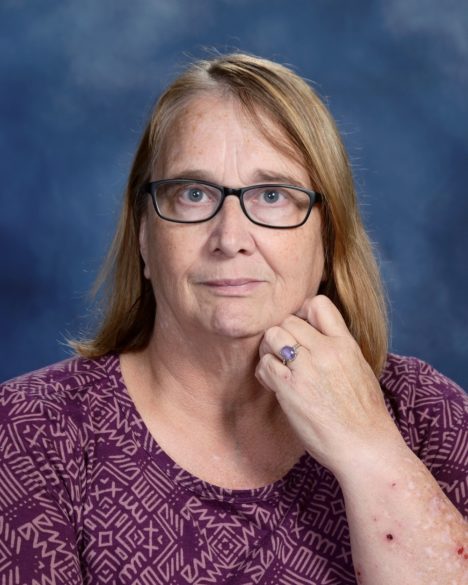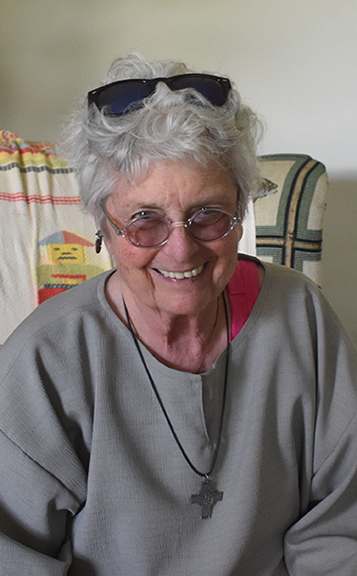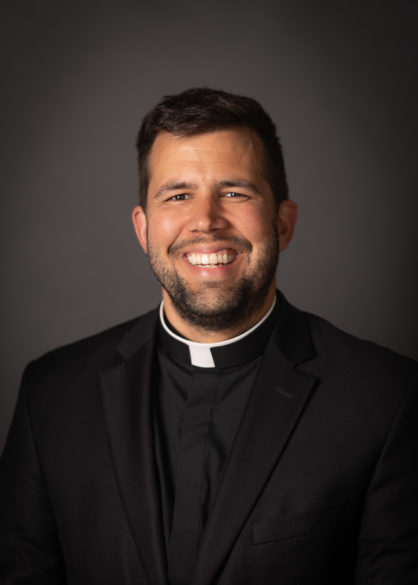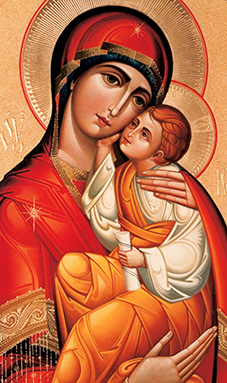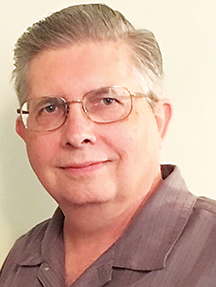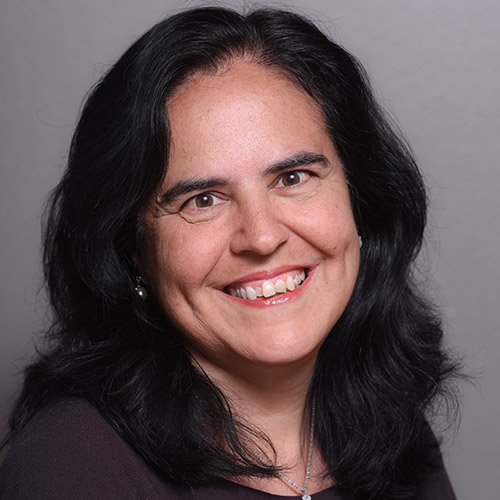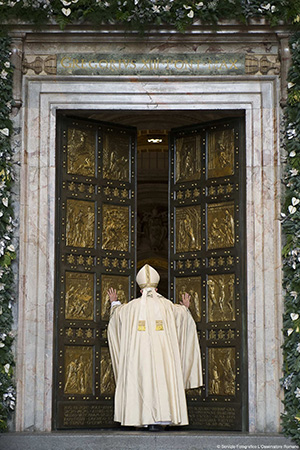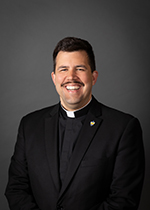IN EXILE
By Father Ron Rolheiser, OMI
We crave few things as deeply as self-expression and recognition. We have an irrepressible need to express ourselves, be known, recognized, understood and seen by others as unique, gifted and significant. A heart that is unknown, unappreciated in its depth, lacking in meaningful self-expression and recognition, is prone to restlessness, frustration and bitterness. And, truth be told, self-expression is difficult and full self-expression is impossible.
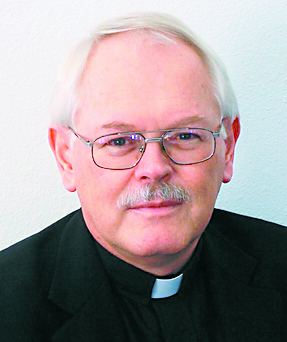
In the end, for most of us, our lives are always smaller than our needs and our dreams, no matter where we live or what we accomplish. In our daydreams each of us would like to be famous, the renowned writer, the graceful ballerina, the admired athlete, the movie star, the cover girl, the renowned scholar, the Nobel Prize winner, the household name; but in the end, most of us remain just another unknown, living among other unknowns, collecting an occasional autograph.
And so, our lives can seem too small for us. We feel ourselves as extraordinary, forever trapped inside the mundane, even as there is something inside us that still seeks expression, that still seeks recognition, and that feels that something precious inside us is living and dying in futility. In truth, seen only from the perspective of this world, much of what is precious, unique and rich, seemingly is living and dying in futility. Only a rare few achieve satisfying self-expression and recognition.
There’s a certain martyrdom in this. Iris Murdoch once said: “Art has its martyrs, not the least of which are those who have preserved their silence.” Lack of self-expression, whether chosen or imposed by circumstances, is a real death; but like all deaths it can be understood and appropriated in very different ways.
If it is accepted unhappily as tragic, it leads to bitterness and a broken spirit. If, however, it is understood and appropriated in faith as an invitation to be a hidden cell inside the Body of Christ and the human family, to anonymously provide sustenance and health to the overall body, it can lead to restfulness, gratitude and sense of significance that lays the axe to the roots of our frustration, disappointment, depression and bitterness.
I say this because much of what gives us life and sustains us in our lives has not been provided by the rich and famous, the high achievers and those to whom history gives credit. As George Eliot points out, we don’t need to do great things that leave a big mark in human history because “the growing good of the world is partly dependent on unhistoric acts; and that things are not so ill with you and me as they might have been is half owing to the number who lived faithfully a hidden life and rest in unvisited tombs.”
Well said. History bears this out. I think, for instance, of Therese of Lisieux who lived out her life in obscurity in a little convent tucked away in rural France, who when she died at age 24, was probably known by fewer than 100 people. In terms of how we assess things in this world she accomplished very little, nothing in terms of outstanding achievement or visible contribution. She entered the convent at age fifteen and spent the years until her early death doing menial things in the laundry, kitchen and garden inside her obscure convent. The only tangible possession she left behind was a diary, a personal journal with bad spelling, which told the story of her family, her upbringing and what she experienced during her last months in palliative care as she faced death.
But what she did leave behind is something that has made her a figure who is now renowned around the world, both inside and outside of faith circles. Her little private journal, The Story of a Soul, has touched millions of lives, despite its bad spelling (which had to be corrected by her sisters after her death).
What gives her little journal its unique power to touch hearts is that it chronicles what was happening inside the privacy of her own soul during all those years when she was hidden away and unknown, as child and as a nun. What she records in the story of her soul is that she, fully aware of her own uniqueness and preciousness, could unbegrudgingly give that all over in faith because she trusted that her gifts and talents were working silently (and powerfully) inside a mystical (though real, organic) body, the Body of Christ and of humanity. She understood herself as a cell inside a living body, giving over what was precious and unique inside her for the good of the world.
Anonymity offers us this invitation. There is no greater work of art that one can give to the world.
Jesus said as much. He told us to do our good deeds in secret and not let our left hand (and our neighbors and the world) know what our right hand is doing.
(Oblate Father Ron Rolheiser is a theologian, teacher and award-winning author. He can be contacted through his website www.ronrolheiser.com.)

